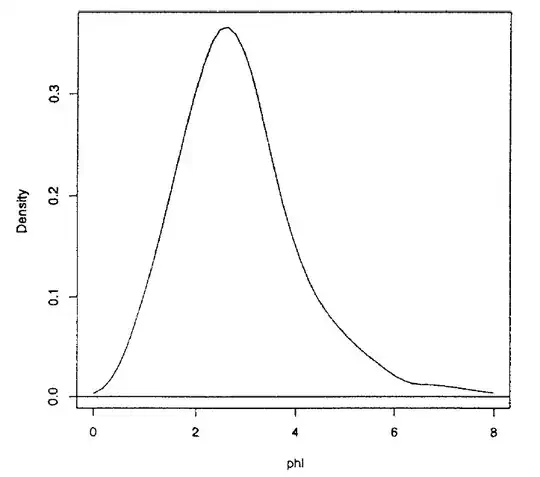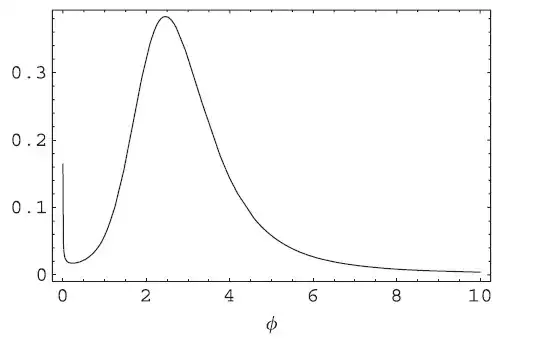1. Marginal Likelihood and Harmonic mean estimator
The marginal likelihood is defined as the normalising constant of the posterior distribution
$$p({\bf x})=\int_{\Theta}p({\bf x}\vert\theta)p(\theta)d\theta.$$
The importance of this quantity comes from the role it plays in model comparison via Bayes factors.
Several methods have been proposed for approximating this quantity. Raftery et al. (2007) propose the Harmonic mean estimator, which quickly became popular due to its simplicity. The idea consists of using the relation
$$\dfrac{1}{p({\bf x})}=\int_{\Theta}\dfrac{p(\theta\vert{\bf x})}{p({\bf x}\vert\theta)}d\theta.$$
Therefore, if we have a sample from the posterior, say $(\theta_1,...,\theta_N)$, this quantity can be approximated by
$$\dfrac{1}{p({\bf x})}\approx\dfrac{1}{N}\sum_{j=1}^N \dfrac{1}{p({\bf x}\vert\theta_j)}.$$
This approximation is related to the concept of Importance Sampling.
By the law of large numbers, as discussed in Neal's blog, we have that this estimator is consistent. The problem is that the required $N$ for a good approximation can be huge. See Neal's blog or Robert's blog 1, 2, 3, 4 for some examples.
Alternatives
There are many alternatives for approximating $p({\bf x})$. Chopin and Robert (2008) present some Importance sampling-based methods.
2. Not running your MCMC sampler long enough (specially in the presence of multimodality)
Mendoza and Gutierrez-Peña (1999) deduce the reference prior/posterior for the ratio of two normal means and present an example of the inferences obtained with this model using a real data set. Using MCMC methods, they obtain a sample of size $2000$ of the posterior of the ratio of means $\varphi$ which is shown below

And obtain the HPD interval for $\varphi$ $(0.63,5.29)$. After an analysis of the expression of the posterior distribution, it is easy to see that it has a singularity at $0$ and the posterior should actually look like this (note the singularity at $0$)

Which can only be detected if you run your MCMC sampler long enough or you use an adaptive method. The HPD obtained with one of these methods is $(0,7.25)$ as has already been reported. The length of the HPD interval is significantly increased which has important implications when its length is compared with frequentist/classical methods.
3. Some other issues such as assessing convergence, choice of starting values, poor behaviour of the chain can be found in this discussion by Gelman, Carlin and Neal.
4. Importance Sampling
A method for approximating an integral consists of multiplying the integrand by a density $g$, with the same support, that we can simulate from
$$I=\int f(x)dx = \int \dfrac{f(x)}{g(x)}g(x)dx.$$
Then, if we have a sample from $g$, $(x_1,...,x_N)$, we can approximate $I$ as follows
$$I\approx \dfrac{1}{N}\sum_{j=1}^N \dfrac{f(x_j)}{g(x_j)}.$$
A possible issue is that $g$ should have tails heavier/similar than/to $f$ or the required $N$ for a good approximation could be huge. See the following toy example in R.
# Integrating a Student's t with 1 d.f. using a normal importance function
x1 = rnorm(10000000) # N=10,000,000
mean(dt(x1,df=1)/dnorm(x1))
# Now using a Student's t with 2 d.f. function
x2 = rt(1000,df=2)
mean(dt(x2,df=1)/dt(x2,df=2))

